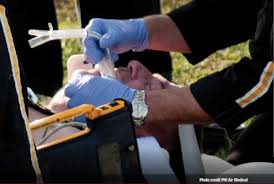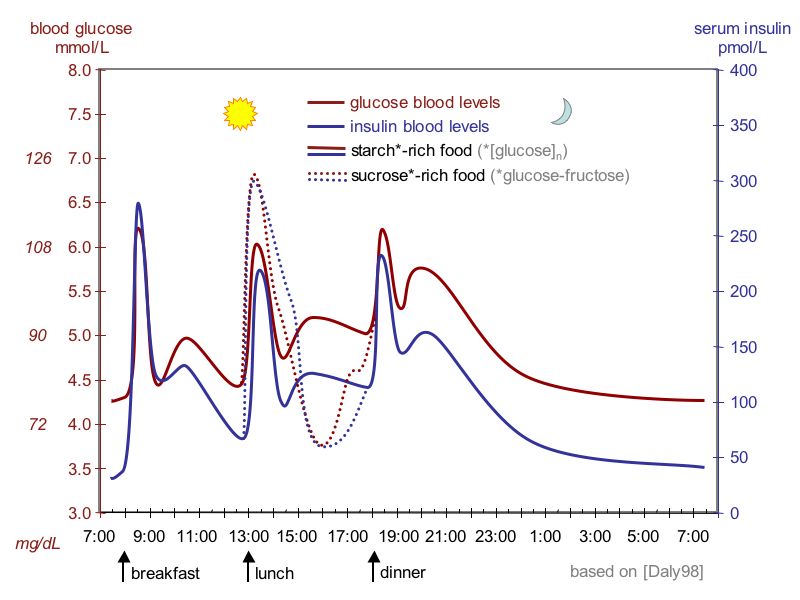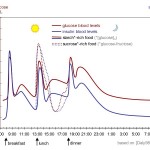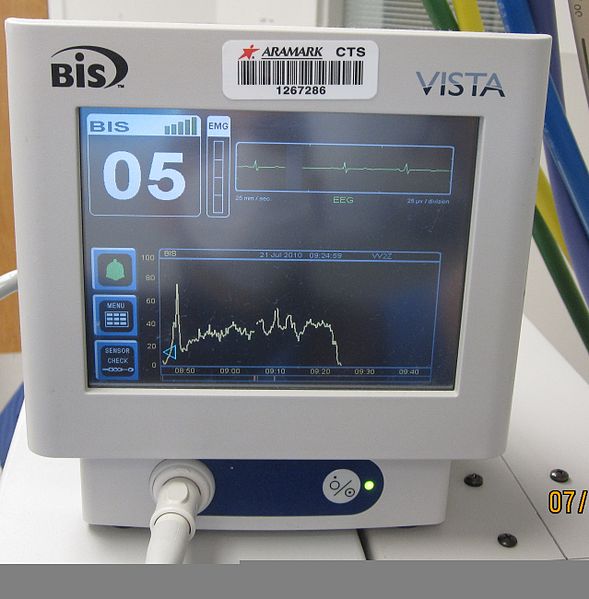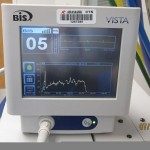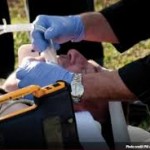 Supraglottic airway devices have proven to be an acceptable alternative to endotracheal intubation and easier to insert by the less experienced provider. As a result, paramedics and other first line responders are using the laryngeal mask airway more frequently to ensure an open airway while en route to definitive care. In addition to inserting the LMA, a cervical collar is commonly placed on the injured person. It is known that movement of the head and neck can affect the cuff pressure of the LMA, however, the effect of a cervical collar on the cuff pressure is unknown.
Supraglottic airway devices have proven to be an acceptable alternative to endotracheal intubation and easier to insert by the less experienced provider. As a result, paramedics and other first line responders are using the laryngeal mask airway more frequently to ensure an open airway while en route to definitive care. In addition to inserting the LMA, a cervical collar is commonly placed on the injured person. It is known that movement of the head and neck can affect the cuff pressure of the LMA, however, the effect of a cervical collar on the cuff pressure is unknown.
In a study by Mann, V et al published in Anaesthesia, 2012 (The effect of a cervical collar on the seal pressure of the LMA Supreme™: a prospective, crossover trial.) the authors examined the effect of a cervical collar on the cuff pressures within the LMA. Fifty patients were included in the study. After successful placement of the LMA was confirmed, cuff pressure measurements were made with the head neutral and extended both with and without the cervical collar.
The authors found that placing the cervical collar does not reduce the LMA cuff pressure during extension of the head and, in fact, found that the cervical collar improved the LMA seal. The authors concluded that the application of the cervical collar prevents the LMA from losing seal pressure if the head is extended and recommend the use of the cervical collar after placement of the LMA in all pre-hospital patients.
Click here to review an abstract of the original work.
